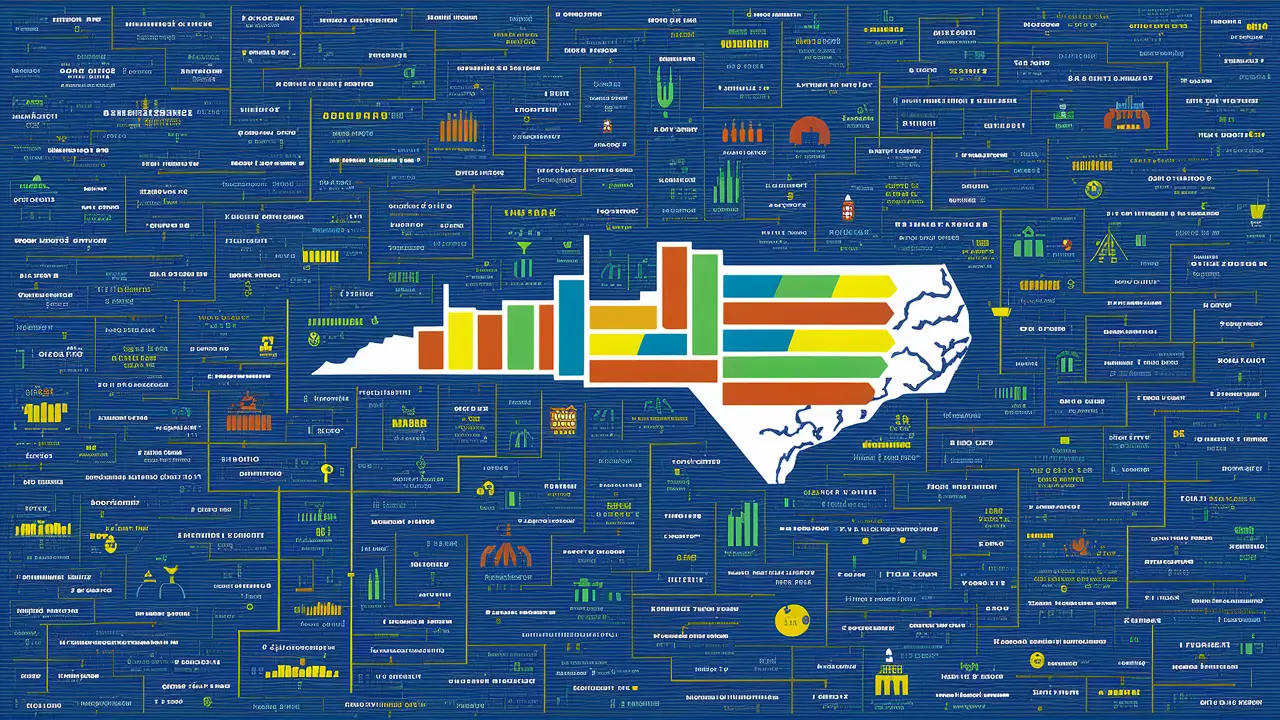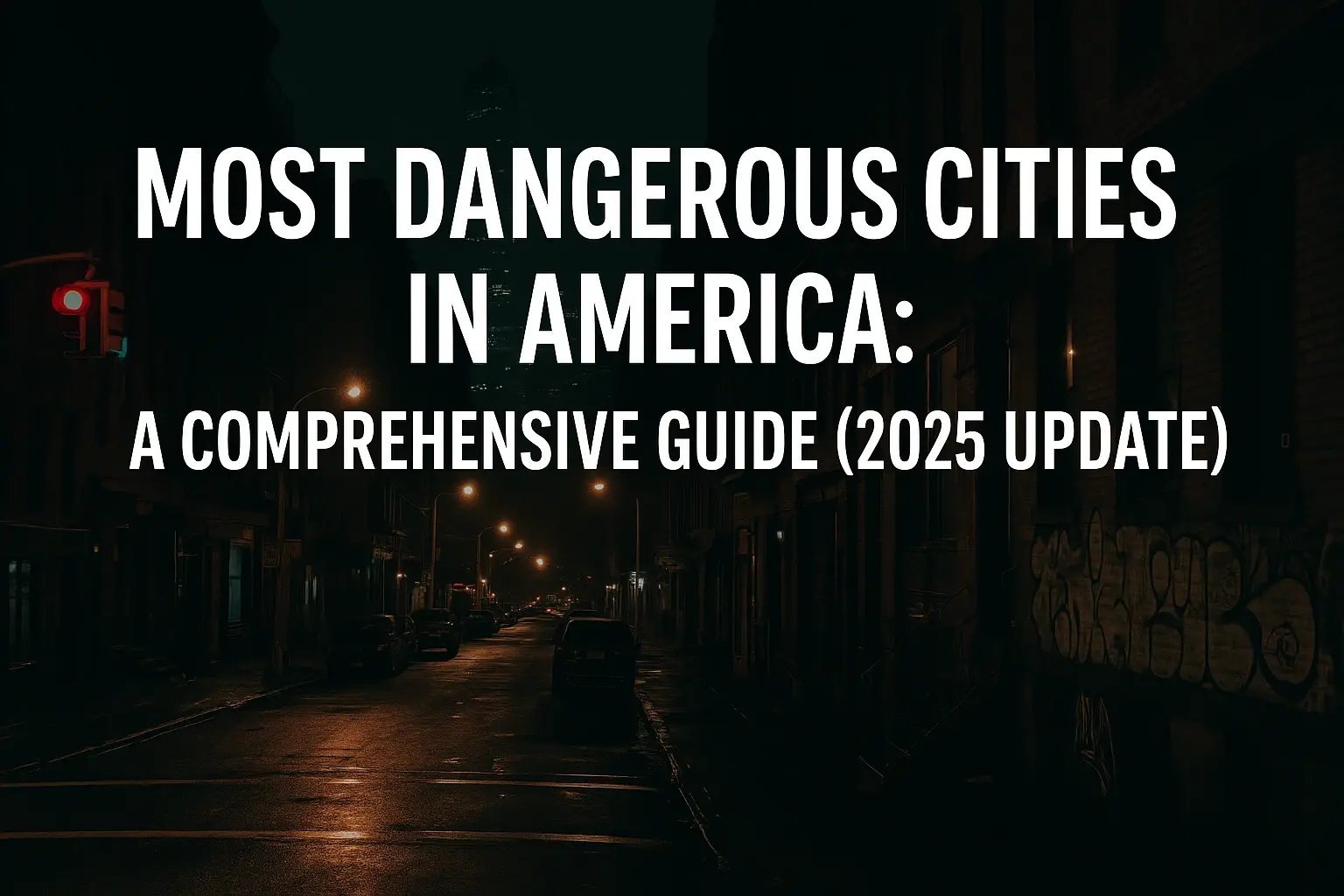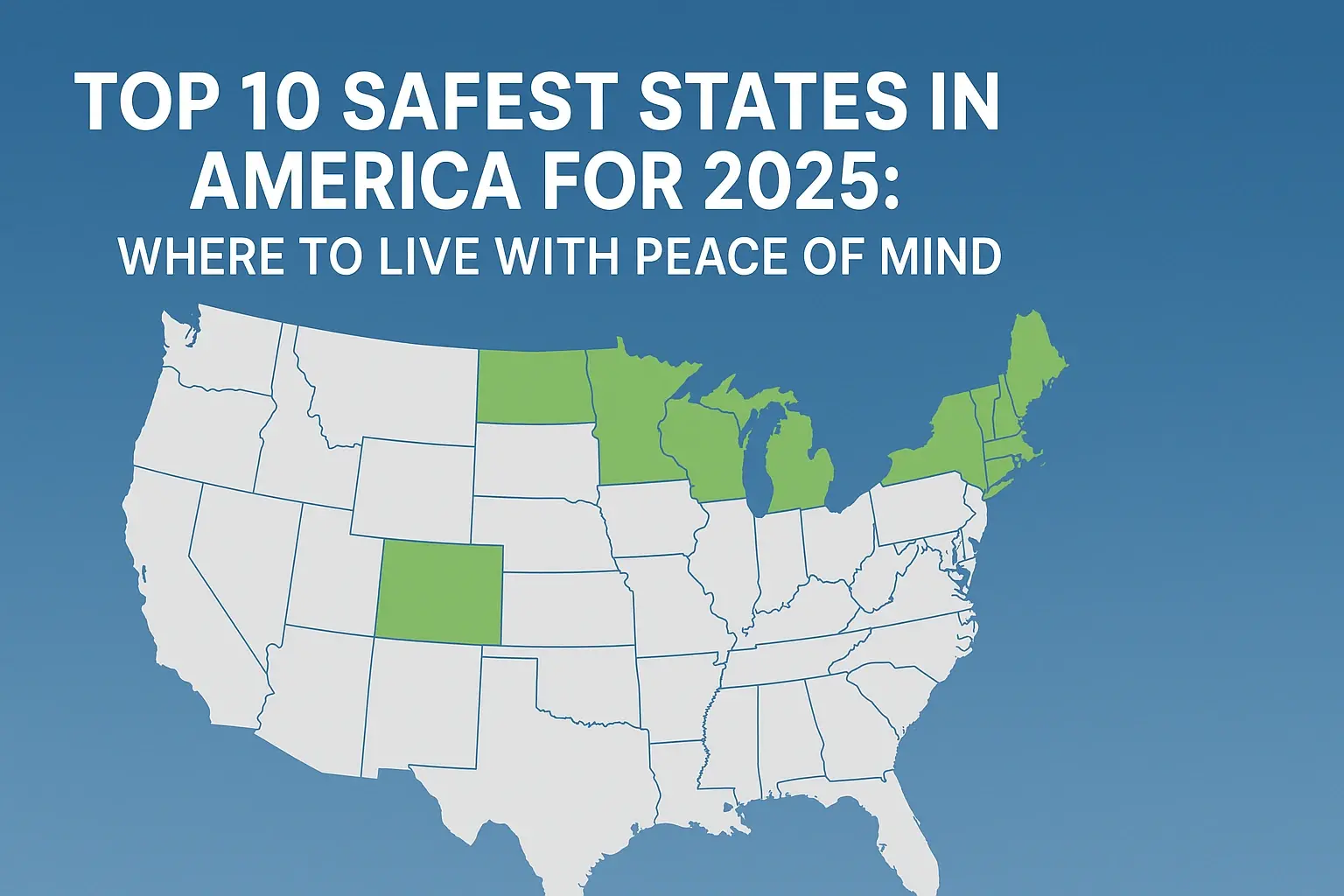North Carolina is also blessed with several significant cities and is acknowledged as having great urban areas. While certain North Carolina cities are safe with low crime rates, some get more complaints about high crime rates. This page will provide details on crime trends in North Carolina's main cities for the readers.
Charlotte
Charlotte boasts a population of more than 870,000 and ranks among the largest cities in North Carolina. Considered a banking center of North Carolina and the second biggest city in the state, it draws individuals from all around the country.
It is noteworthy, therefore, that Charlotte's general crime rate is 36% higher than the national average. Out of 100,000 people living in Charlotte, the crime data show her to have a 4,868 crime rate. With 775 events per 100,000 persons, the violent crime rate is rather high compared to other big American cities. Though property crimes including burglary and larceny-theft are on the rise with over 3.5 times more cases annually, violent crimes are more common than property crimes.
Nevertheless, crime data would indicate that Charlotte's overall crime rate appears to be declining. For the year 2017–2019, the level of violent crime likewise dropped by 10% while the level of property crime dropped below 10%. Like most big cities, Charlotte has more crime overall than the surrounding area, particularly in the northern suburbs of the city.
Raleigh
Raleigh, North Carolina, with North Carolina State University inside its administrative region, has developed into the hub for business, education, and technology. Raleigh today is a big metropolis with around half a million residents.
Raleigh still has rather low crime rates compared to other North Carolina metropolitan areas. In the same regard, Raleigh's overall crime rate is just 8 percent higher than that of the rest of the country. While violent crimes are perpetrated at a rate of 229 per 100,000 people yearly, property crimes stand at 295 per 100,000 people annually; this is well below the national average.
Although larceny-theft explains more than 70% of Raleigh's more than 19,000 property offenses annually, Raleigh's property crime rate is just 9% higher than the national average. Raleigh's crime likewise appears to be declining; for now, it is 9% less than the rates noted in 2016 for both violent and property offenses.
Durham
Duke University is still housed in Durham; additionally, the Research Triangle region of North Carolina also includes the cities of Raleigh and Chapel Hill. Durham battles growing crime while the city claims fresh vitality for downtown areas and a rebounding economy.
The statistics shown show Durham's annual crime rate to be 75% higher than the national average. At 1,113 violent offenses per 100 persons in the state, the crime rate is unusually high. While property crime dropped somewhat from 2017–2019, violent crimes increased throughout this time. Certain of the issues related to crime are more common in central business districts in cities like Durham than in the surrounding areas.
Winston Salem
With around 250,000 residents, Winston-Salem is a historical and cultural center in central North Carolina already serving as a transportation and commercial hub. It gives sectors including manufacturing, production, education, arts, and innovation a top priority.
Notably, though, crime seems to have lately increased in Winston-Salem. Conversely, property crimes have risen by 43% and violent crimes have somewhat risen by 14% above the national average. This study also notes that while property crime dropped by 11 percent in Winston-Salem, violent crime has surged more than 20 percent in the past four years. Targeting citizens with more police and other community services has helped to stop crime spread inside the city.
Fayetteville
With around 200,000 people living in Fayetteville, close to the renowned Fort Bragg, many of them are military personnel. But living in Fayetteville means negotiating some of the highest crime rates not only in North Carolina but also in the United States.
The crime report of the Metropolitan Statistical Area indicates that the annual crime rate in Fayetteville is twice the national average. Regarding violent crime, it exceeds the rates of major cities such as Chicago and Philadelphia and gets to 1,400 or more cases per 100,000 residents. The rates for crimes including severe assault and robbery place Fayetteville among the most hazardous US communities. Leaders and other officials have not stopped looking for solutions to guarantee improved safety and security for the Fayetteville community.
The Data and Analysis: Ranking North Carolina Crime by City
While certain states may have higher crime rates in some of their cities than others, the incidence of crime is also a city and metropolitan area element as well as a regional one. For instance, they discovered that big cities like Charlotte in North Carolina register more crime than suburban areas, towns, and small cities. Other elements influencing the degree of crime include economic situation, demographic dynamics, police capacity, and organizational efficacy in crime prevention.







